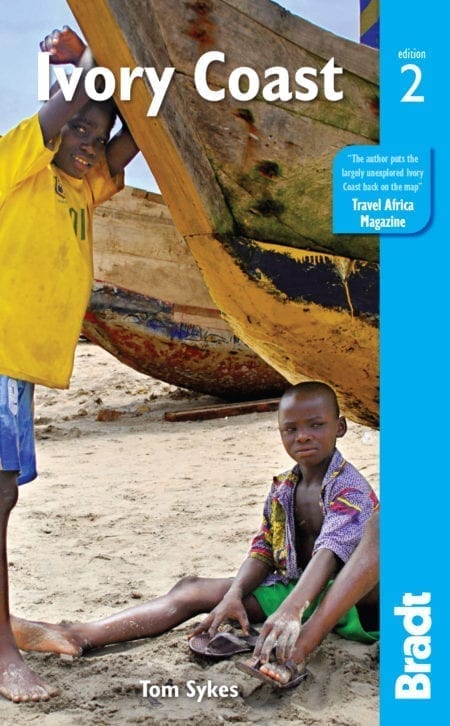Whatever social upheavals have befallen Ivorian society, its arts and crafts scene has always remained vital, fecund and significant. More so than any other artisan product found here, the masks of Ivory Coast offer an insight into the traditions, beliefs and history of the various groups that reside in this beautiful West African country.
Hand-made, hand-painted and hand-varnished with indigenous materials, Dan, Senoufo and Baoulé masks are as varied as they are significant. For more information, see my guide to the Ivory Coast.
Baoulé
Baoulés believe that, before birth, every human dwells in a mystical dimension where they are paired off with a deity who will forever remain in that dimension and never be born into the real world. Wood, gold and brass statues represent the blolo bian (a man’s spiritual wife) and the blolo bla (a woman’s spiritual husband) and are placed in shrines in village abodes. Sometimes the spiritual spouse gets jealous of his or her material counterpart and must be appeased with fruit, kola nuts and other tributes.
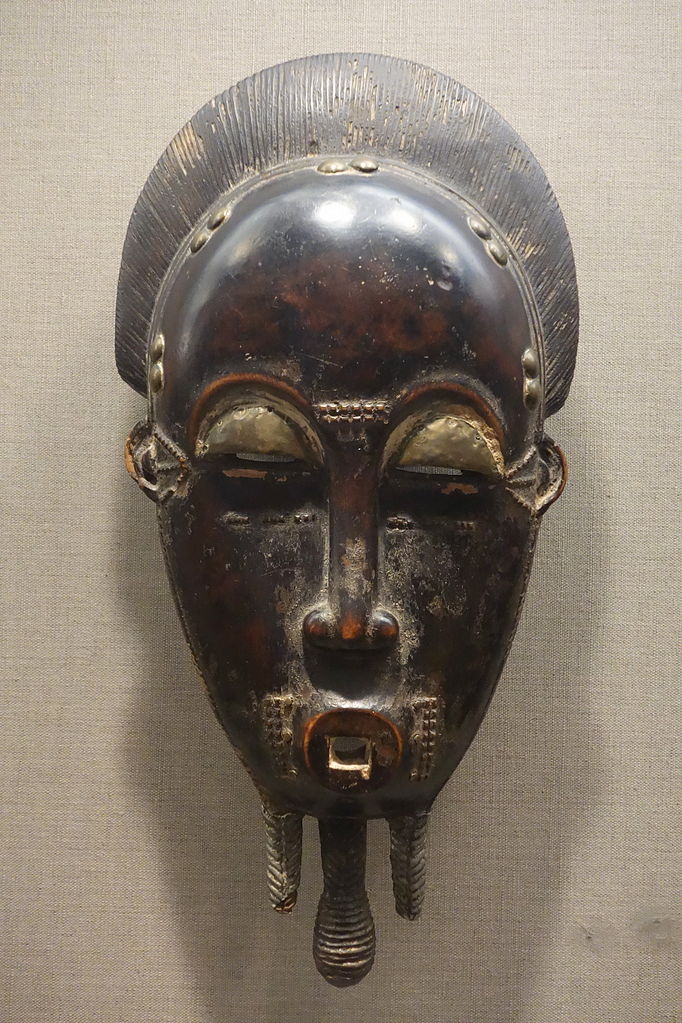
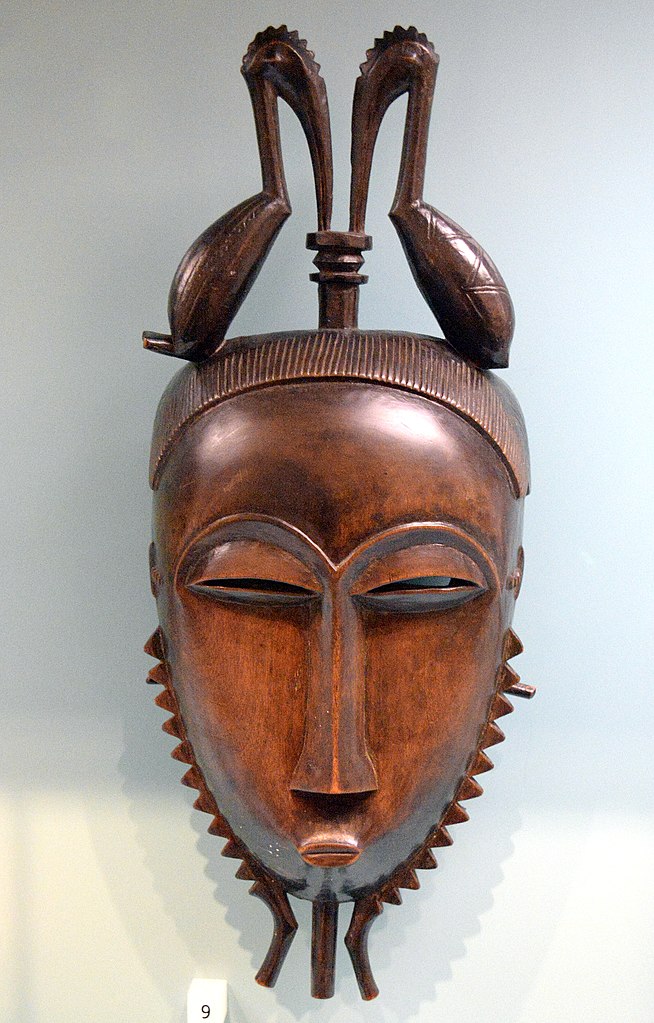
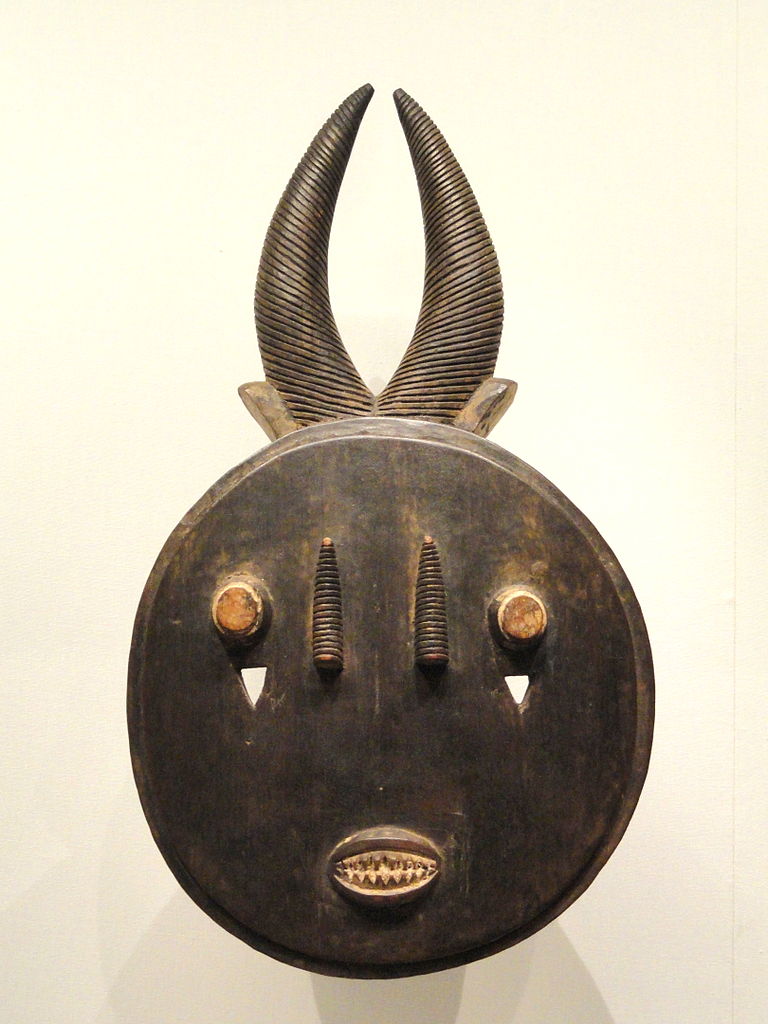
Like other ethnic groups around the country, the Baoulés make masks that both symbolise their ancestors and show them respect. Used in solo dance routines, the mbolo masks are humanoid in appearance and resemble famous forebears. The gba gba mask honours notions of physical attractiveness and the wisdom that comes with old age, and it is worn during the harvest season by dancers at the funerals of notable women. The bonu amuen is a multi-purpose mask, brought out to bring good fortune to women as they go about their duties, defend the community against outside menaces and celebrate the achievements of elders.
The main Baoulé festival is Goli, adopted in the early 20th century from the Mandé people. Over 24 hours all Baoulé villages play music and the dancers wear four different types of mask, all of which refer to the social and generational structure of the society.
Dan
The Dix-Huit Montagnes (literally ‘Eighteen Mountains’) is the home of the Dan (also known as the Yacouba) ethnic group, famous for its striking masks and sacramental dances. Subsistence farming villages such as Godufu, near the border with Liberia, lay on energetically elaborate masked stilt dances celebrating everything from marriages to harvests.
Symbolising fertility, the gaynone mask has narrow eye-holes, cowrie shells embedded in its outline and rope dreadlocks hanging from either side of it. While its name means ‘women’s mask’ in Dan, only men are permitted to wear it during five days of dancing and sacrifices to the ancestors for the sake of a good harvest. The gaynone is also worn during rituals requesting spiritual assistance for infertile women.
When the harvest comes there are three months of celebrations and male initiation rites during which the ‘mask race’ takes place. In every clan quarter of every Dan village, males between the ages of 15 and 25 don masks with a yellow or red fabric band across the eye-holes and chase each other about in a version of tag. Although they have no names because they take on the identity of the wearer, conical masks with a brush fringe and those with surreal bent tusks and ski-slope noses are used to repel the effects of black magic.
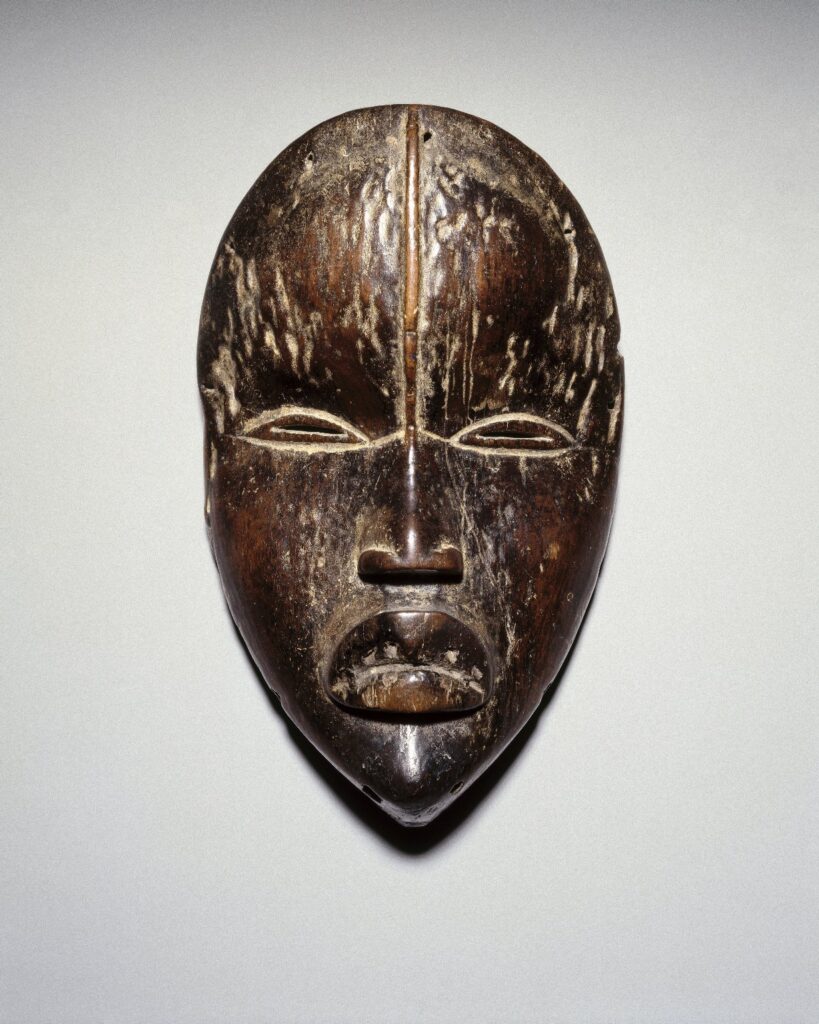
Of all Dan masks, the comment mask is the most spiritually puissant. It has a long beak modelled on the toucan, an animal that signifies the changing of the seasons. It’s worn at special New Year’s Day dances and is hoped to bring luck and happiness to the village over the following year.
If you don’t want to buy anything from Atelier Gue Dan (a workshop with ‘sacred status’ where you can purchase one of these traditional masterpieces for yourself), you should at least spend a few minutes observing the construction process. Circular chunks of sturdy white klien wood are dried in the sun so that they lighten and become easier to wear. The craftsman then carves out a basic form for the mask before smoothing it down with gninleh leaf, a kind of natural sandpaper. Another local leaf is used to colour the mask black before it is buried for 24 hours to darken further. The craftsman then rubs tree bark on to the mask to give it a bright sheen.
Godufu
Like other Dan villages in Ivory Coast, Godufu is divided into quarters where particular clans live. Each clan quarter has a stone circle, inside which important decisions are made: how work will be assigned, who will marry who and what sacrifices will be made to the ancestors to ward off evil or bring good luck. When a notable (elder) dies he is buried in a mound sited near the home of a close relative. This way the spirit of the deceased will protect the surviving spouse or sibling.
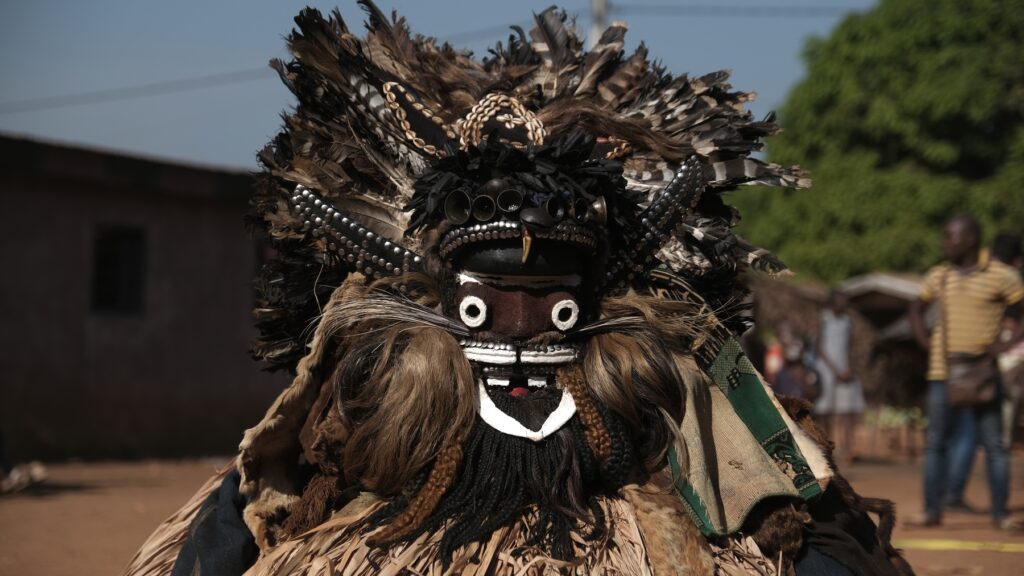
The elders can arrange a stilt dance for you to watch for around 12,500F, funds that will be distributed equally amongst the residents. The Dans of Godufu believe that the spirits of their ancestors dwell in the sacred forest (known as the Forest of Masks) adjacent to the village. The spirits control the fortunes of the living and must be placated with sacrifices, drumming, singing and masked dances.
If you visit Godufu in October you can witness the far greater spectacle of the Generations Festival. This rite of passage involves five days of dancing and feasting that kicks off after the boys of the village return from several months living in the Forest of Masks having learned the bush craft and survival skills necessary for manhood.
Senoufo
Senoufo masks are typically stylised and fantastical. The best place to learn more about these masks is at the Dalekhana Artisans’ Centre. Dalekhana is more than just a centre – it’s a veritable village employing 70-odd workers and showcasing the talents of the north’s most skilled craftspeople. The quality is always high here and the prices low, or at least lower than the tourist shops of Abidjan which, at any rate, import most of their products from the north, passing on such costs to the consumer.
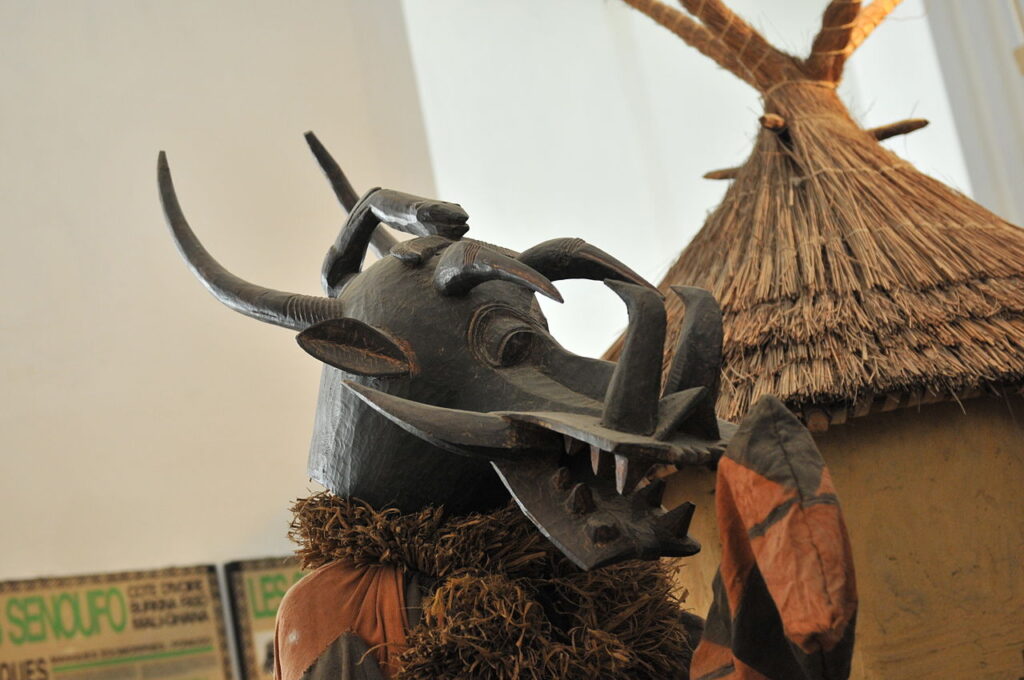
Kolo Fibé Coulibaly is a veteran woodworker whose fascinating creations include intricate Senoufo masks (37,000F) with gorilla-like teeth and locks of hair made from rope, teak statuettes of biblical characters and calao birds representing fertility and virility. Those more interested in bronze working will enjoy the Rastafarian Diabété Bakramoko’s charming sculptures of villagers and his Senoufo masks.
Other places to see Ivory Coast masks
Museum of the Civilisations of Ivory Coast
The Museum of the Civilisations of Ivory Coast in Abidjan is a wonderful place to see examples of the various Ivory Coast masks up close.
As you would hope, the masks here are fascinating, from the porcine visage with beard locks made from hide thought to ward off disease to an ancient example from the Goura people, two calao birds perching on its top and a wooden two-headed snake encircling it. Masks from the west of the country with red bands of material running along the eye-holes were used to prevent forest fires. These were worn by Kru and Dans who would start small fires to head off the damage potentially done by much bigger forest fires.
The Baoulé multi-faced chameleon mask symbolises intelligence and the different aspects of the human condition (such as reconciliation, harmony and cohesion). Another, from the western town of Touba, has an avian beak believed to endow humans with the ability to see into the future and predict danger. Century-old war masks worn during the resistance against French colonisation are studded with shotgun shells, while a Dan peace mask consists of a straw crown and has almost humanoid facial features.
More information
For more information, check out Tom Sykes’s guide to Ivory Coast:
